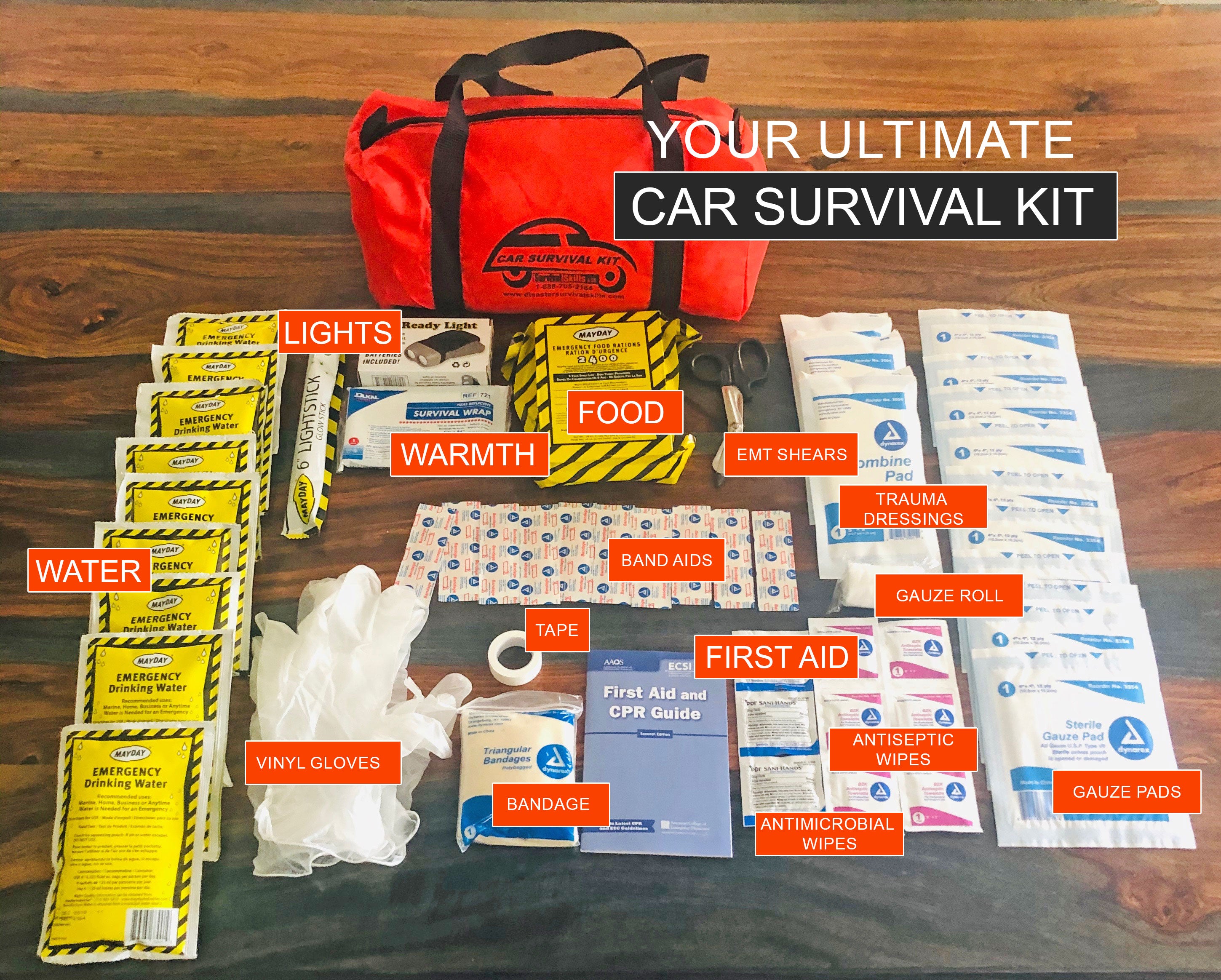How to Develop a Comprehensive Emergency Readiness Plan
In the realm of readiness, creating a detailed emergency situation plan is not just a job to mark off a checklist; it is a crucial keystone of any type of organization or person's resilience strategy. From natural disasters to unanticipated crises, the capability to expect, mitigate, and react effectively can mean the difference between turmoil and control. By meticulously crafting a plan that attends to different facets of emergency situation administration, including threat assessment, interaction procedures, source appropriation, and strategic decision-making, one can lay a strong structure for protecting lives, assets, and procedures. Nonetheless, the true effectiveness of such a plan exists not just in its creation yet additionally in its recurring maintenance and adaptation to developing difficulties and hazards.
Value of Emergency Situation Preparedness
Emergency preparedness is critical for reducing prospective risks and making certain the safety and security of people and areas. In today's globe, where all-natural calamities, public health and wellness dilemmas, and various other emergencies can strike without warning, being prepared can make a considerable distinction in reducing the effect of these occasions. By having a well-balanced emergency situation readiness strategy in position, companies and individuals can respond properly, secure lives, and lower residential or commercial property damage.
One of the primary reasons that emergency readiness is vital is its duty in saving lives. Having a strategy that outlines clear procedures for communication, emergency, and emptying reaction can aid people act promptly and decisively when emergency situations happen (visit). This can protect against injuries and casualties by making certain that people understand what actions to take to stay secure
Additionally, emergency situation readiness boosts the resilience of areas. By cultivating a society of preparedness and planning for various circumstances, areas can bounce back faster from interruptions and calamities. This durability is necessary for preserving security, continuity of procedures, and general well-being in the face of misfortune.
Assessing Possible Threats
Considering the relevance of being prepared for unpredicted occasions, the initial step in developing an efficient emergency readiness plan entails completely evaluating and assessing possible risks. This assessment requires a comprehensive review of all possible dangers that might impact the company, taking into consideration factors such as place, sector, and historical data on cases. By identifying these dangers, companies can prioritize their preparedness initiatives and designate sources efficiently to alleviate the most significant risks.
Usual threats that organizations might deal with consist of all-natural catastrophes like quakes, floods, or typhoons, technical dangers such as power interruptions or data violations, along with human-caused risks like accidents or deliberate acts of physical violence. Carrying out a threat analysis also entails considering the potential impact of these events on the organization's operations, employees, consumers, and online reputation. By carrying out a comprehensive danger evaluation, organizations can establish tailored emergency situation feedback strategies that address their certain susceptabilities and ensure reliable preparedness for any kind of possible crisis.
Creating a Communication Plan
Developing a thorough and clear communication strategy is important for reliable emergency situation preparedness within organizations. In times of dilemma, interaction plays a critical duty in making sure the safety and well-being of workers, stakeholders, and the area. A well-thought-out interaction strategy must describe clear lines of communication, mark essential workers in charge of interaction jobs, and establish methods for sharing information swiftly and properly.
One key aspect of creating a communication plan is identifying key and alternative interaction networks (EMERGENCY PREPAREDNESS). These can include email, message messaging, phone trees, social media platforms, and public find out here address systems. It is essential to ensure that these networks are trusted, accessible, and regularly examined to guarantee their effectiveness during emergencies

Structure an Emergency Situation Kit
Provided the crucial significance of readiness in times of crisis, an essential component that companies need to address is the facility of an emergency situation set. When assembling an emergency situation package, it is necessary to consider the certain needs and scenarios of the company. Additionally, companies ought to consist of vital files, such as call lists, insurance coverage details, and emergency action strategies, in water resistant containers within the package.
Developing Emptying Treatments
To ensure the safety and organized discharge of personnel during emergency situations, organizations should establish reliable and clear evacuation procedures. Evacuation procedures ought to incorporate a series of potential situations, including fires, all-natural calamities, or various other emergency situations that call for quick discharge.

Furthermore, companies ought to establish a system for accounting for all personnel throughout a discharge to make sure that everyone has safely left the premises. Interaction plays an essential function in evacuation procedures, with clear guidelines on exactly how to evacuate and when to do so. Routine review and updating of evacuation procedures based on comments and transforming circumstances are important to keeping the efficiency of the strategy.
Conclusion
To conclude, establishing a thorough emergency preparedness strategy is vital for ensuring the security and wellness of people in the occasion of a calamity (EMERGENCY PREPAREDNESS). By examining potential threats, developing an interaction plan, constructing an emergency situation set, and establishing discharge treatments, people and companies can be much better geared up to respond effectively to emergency situations. It is essential to prioritize readiness initiatives to alleviate the impact of calamities and secure lives and property
In the world of readiness, establishing an extensive emergency situation plan is not just a task to check off a checklist; it is an essential cornerstone of any company or person's resilience approach. When emergencies happen, having a strategy that describes clear procedures for interaction, discharge, and emergency situation action can assist individuals act quickly and emphatically. navigate to these guys. By performing an extensive risk analysis, organizations can establish customized emergency situation reaction strategies that resolve their specific susceptabilities and ensure reliable preparedness for any kind of prospective dilemma
Developing a clear and detailed interaction plan is vital for effective emergency situation preparedness within organizations. By examining potential dangers, creating a communication plan, building an emergency situation set, and developing emptying treatments, individuals and organizations can be much better furnished to react efficiently to emergency situations.